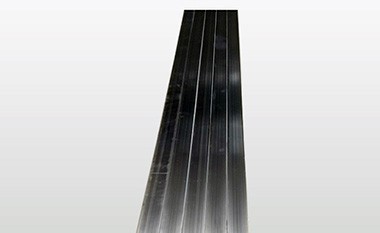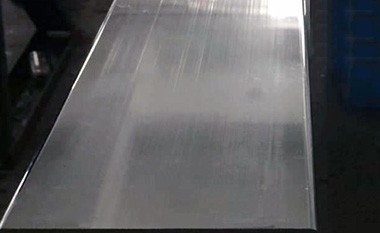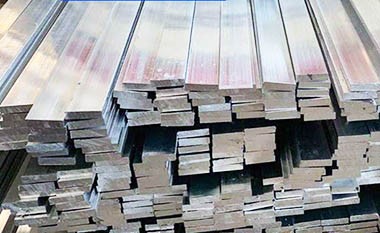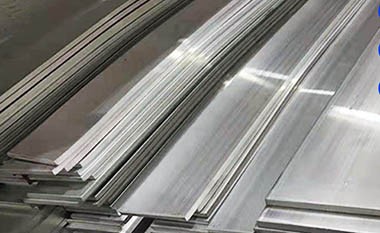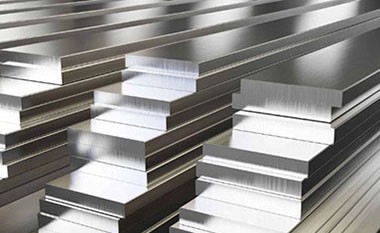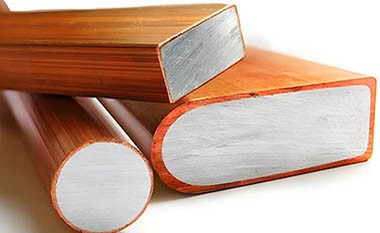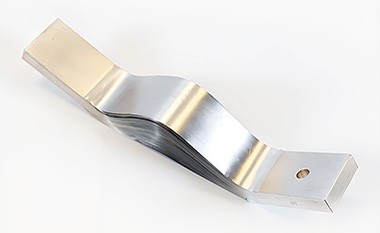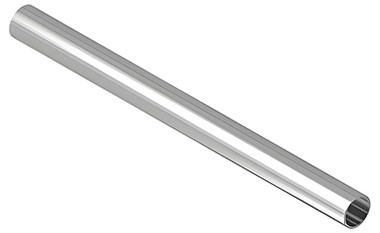Nickel-plated aluminum busbar
Nickel-plated aluminum busbar is a specialized electrical conductor designed to efficiently distribute power while providing enhanced durability and environmental resistance. It combines the lightweight and cost-effectiveness of aluminum with the protective properties of nickel, making it an ideal choice for demanding applications.
The nickel plating process involves chemically plating a thin layer of nickel onto the surface of aluminum. This method ensures an even coating with no edge effects, making it especially suitable for components with complex shapes, cavities, or deep holes.
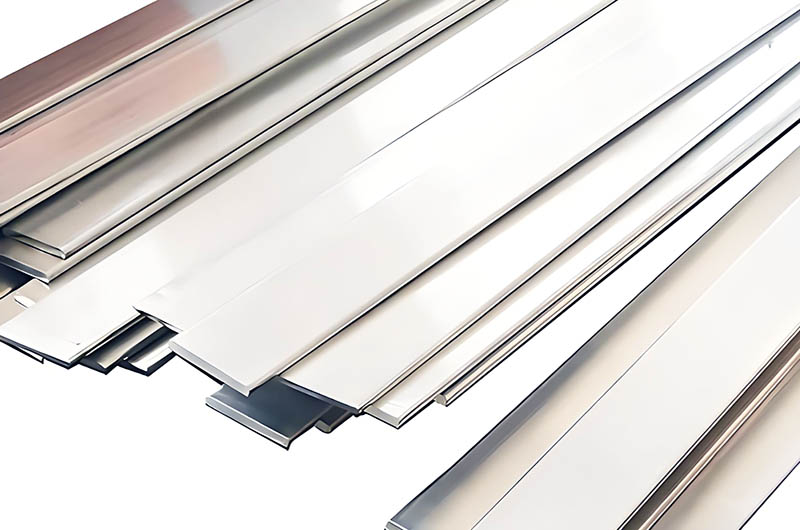
Nickel-plated aluminum busbar Composition and Structure
- Core Material: The core material is made of high-purity aluminum, providing excellent conductivity (≈61% of copper) and thermal performance, while weighing and costing only a fraction of copper.
- Surface Coating: A thin, adherent nickel layer (typically 5-20 microns) is electroplated onto the aluminum substrate. The electroplating process usually involves pre-treatments (such as galvanizing or nickel striking) to ensure strong adhesion.
Nickel-plated aluminum busbar Specifications
| Parameter | Specification |
| Core Material |
Aluminum (high conductivity)1370/1050/1060/1070/5052/5086/6061/6063/6082 |
| Coating Material | Nickel (for corrosion resistance and strength) |
| Electrical Conductivity | 60-65% IACS (International Annealed Copper Standard) for aluminum |
| Resistivity | Low electrical resistance |
| Voltage Rating | Customizable (up to 36kV or higher) |
| Width | Customizable (typically 25mm to 200mm) |
| Thickness | Customizable (typically 3mm to 20mm) |
| Length | Customizable depending on application |
| Surface Finish | Smooth nickel-plated finish |
| Tensile Strength | 150-300 MPa (aluminum core) |
| Yield Strength | 100-250 MPa |
| Hardness | 60-70 HV (Vickers hardness for nickel-coated busbars) |
| Density | 2.7 g/cm³ for aluminum, 8.9 g/cm³ for nickel |
| Temperature Range | -50°C to 200°C (depending on coating and application) |
| Thermal Expansion | 23.5 µm/m°C (for aluminum) |
| Corrosion Resistance | Excellent, particularly in harsh environments |
| Oxidation Resistance | Reduced oxidation due to nickel coating |
| Wear Resistance | Enhanced by aluminum-nickel combination |
| Coating Thickness | Customizable (typically 10-30 microns) |
| Shape and Size | Rectangular, square, or custom shapes |
| Pre-drilled Holes | Available based on customer requirements |
| RoHS Compliant | Yes |
| ISO Certified Manufacturing | Yes |
| UL Recognized | Available for certification based on region/industry requirements |
| Weight | Lighter than copper busbars |
| Energy Efficiency | Low power loss due to better conductivity |
| Ease of Installation | Lightweight, easy to handle, simplifies assembly |
HC Aluminum Nickel-plated aluminum busbar Standards and Quality
Our production workshop is equipped with over 50 presses, laser machines, CNC machines, and milling machines to meet your specifications.
- Coating Thickness: Ensuring the coating is thick enough to protect the busbar.
- Coating Adhesion: The coating must be firmly attached to the surface of the busbar.
- Coating Uniformity: The coating should be uniform across the entire surface.
- Heat and Mechanical Durability: The busbar must withstand high temperatures and mechanical stress.

Nickel-plated aluminum busbar Features
Corrosion Resistance
- The nickel coating provides a protective barrier against oxidation and environmental degradation, significantly extending the service life of the busbar.
- Nickel protects aluminum from oxidation, moisture, and harsh environments (such as marine and chemical plants).
- When connected to different metals (e.g., copper terminals), it reduces electrochemical corrosion because nickel is closer to copper in the electrochemical series.
Electrical Performance
- Minimal impact on conductivity: The current primarily flows through the aluminum core, and the lower conductivity of nickel (≈ 25% of copper) is offset by its thin layer.
- Low contact resistance: The stable oxide layer of nickel ensures long-term reliable connections, reducing the risk of overheating.
Mechanical Durability
- Nickel plating enhances the hardness and durability of the busbar surface, making it more resistant to mechanical stress.
- The hardness of nickel prevents wear and scratching during handling or operation.
- Compared to bare aluminum, it has better weldability, contributing to secure electrical connections.
Thermal Management
The high thermal conductivity of aluminum helps dissipate heat, which is crucial in high-current applications. Since the nickel layer is thin, its thermal impact is negligible.
Nickel-plated aluminum busbar Manufacturing Process
- Surface Treatment: Cleaning and etching the aluminum to remove oxides.
- Electroplating: Electroplating forms a uniform nickel layer, often with an intermediate layer (e.g., zinc) to enhance adhesion.
- Quality Control: Tests include salt spray (ASTM B117) for corrosion resistance, adhesion tests (e.g., tape/bend tests), and resistance checks.
Nickel-plated aluminum busbar Applications
| Application Field | Description |
| Distribution Panels | Nickel-plated aluminum busbars serve as the main electrical conductors in distribution panels, connecting key equipment such as circuit breakers and contactors. The nickel-plated surface provides additional corrosion protection, ensuring more stable current transmission under high load or prolonged operation, effectively reducing resistance and heat loss, thereby improving system efficiency and safety. |
| Power Distribution Systems | Nickel-plated aluminum busbars are widely used in substations, control centers, and other power distribution equipment. The nickel plating not only enhances the corrosion resistance of the aluminum busbars but also significantly improves their electrical conductivity in high-voltage environments, allowing for stable long-term operation, reducing maintenance frequency, and increasing the reliability and stability of the power system. |
| Battery Systems | In battery systems, especially for energy storage systems and electric vehicle battery packs, nickel-plated aluminum busbars play a crucial role. Their strong and low-maintenance characteristics make them an ideal choice, capable of withstanding repeated current transmission and effectively reducing electrical failures caused by oxidation. The corrosion resistance of the nickel coating also ensures long service life under high-temperature and high-humidity conditions. |
| Industrial | In industrial applications, especially in switchgear, substations, and renewable energy systems exposed to humid environments or chemicals, nickel-plated aluminum busbars demonstrate excellent corrosion resistance. The nickel coating effectively prevents corrosive substances from damaging the aluminum surface, ensuring the long-term stable operation of power equipment in harsh environments. |
| Transportation | Nickel-plated aluminum busbars in transportation, such as electric vehicles (EV) and aerospace, offer advantages of weight reduction and high reliability as part of critical power systems. Nickel-plated aluminum busbars not only have a lighter weight but also offer lower resistance and superior corrosion resistance, meeting high-strength usage conditions and improving the overall performance and long-term reliability of the equipment. |
| Marine | Nickel-plated aluminum busbars in marine power systems, particularly in environments requiring resistance to saltwater corrosion, play a significant role. The nickel coating effectively protects against salt mist and corrosion in marine environments, ensuring that shipboard power systems continue to operate reliably in harsh marine conditions, extending equipment lifespan and reducing maintenance needs. |
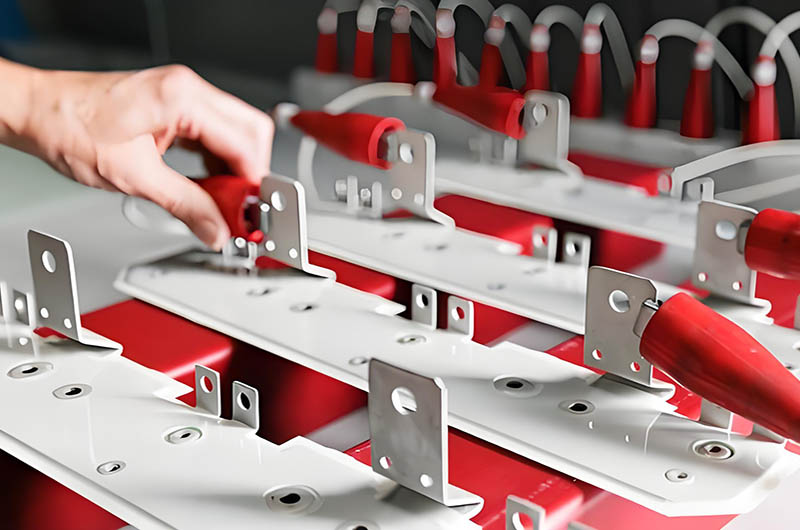
Nickel-plated aluminum busbar Advantages
- Enhanced Corrosion Resistance: Nickel plating prevents oxidation and environmental degradation, significantly extending the lifespan of the busbar.
- Improved Mechanical Strength: Nickel plating increases the hardness and durability of the busbar surface, making it more resistant to mechanical stress.
- Improved Conductivity: Although nickel's conductivity is lower than copper, the thin nickel layer has a negligible effect on the overall conductivity of the busbar.
- Enhanced Aesthetic Appearance: Nickel-plated busbars have a glossy and attractive appearance, improving the overall visual appeal of the product.
- Cost-Effective: Nickel-plated aluminum is less expensive than solid copper while offering comparable performance in many cases.
- Lightweight: The density of aluminum (2.7 g/cm³) is much lower than that of copper (8.96 g/cm³), reducing the system's weight.
- Longevity: Nickel plating extends the service life in corrosive environments compared to bare aluminum.
Considerations
- Coating Integrity: Damage to the nickel coating will expose the aluminum, so quality must be strictly controlled during manufacturing.
- Cost: The coating adds cost, but it remains cost-effective compared to copper.
- Standard Compliance: Complies with ASTM B832 (Electroplating Guide) and IEC 60439 Busbar Component Standards.
Nickel-plated aluminum busbars achieve the optimal balance between performance, cost, and durability. They are indispensable in industries such as electric vehicles, renewable energy, and marine applications, where weight reduction, environmental resistance, and long-term reliability are prioritized. By mitigating the inherent weaknesses of aluminum and leveraging its strengths, this hybrid solution ensures efficient and safe power distribution in harsh conditions.

